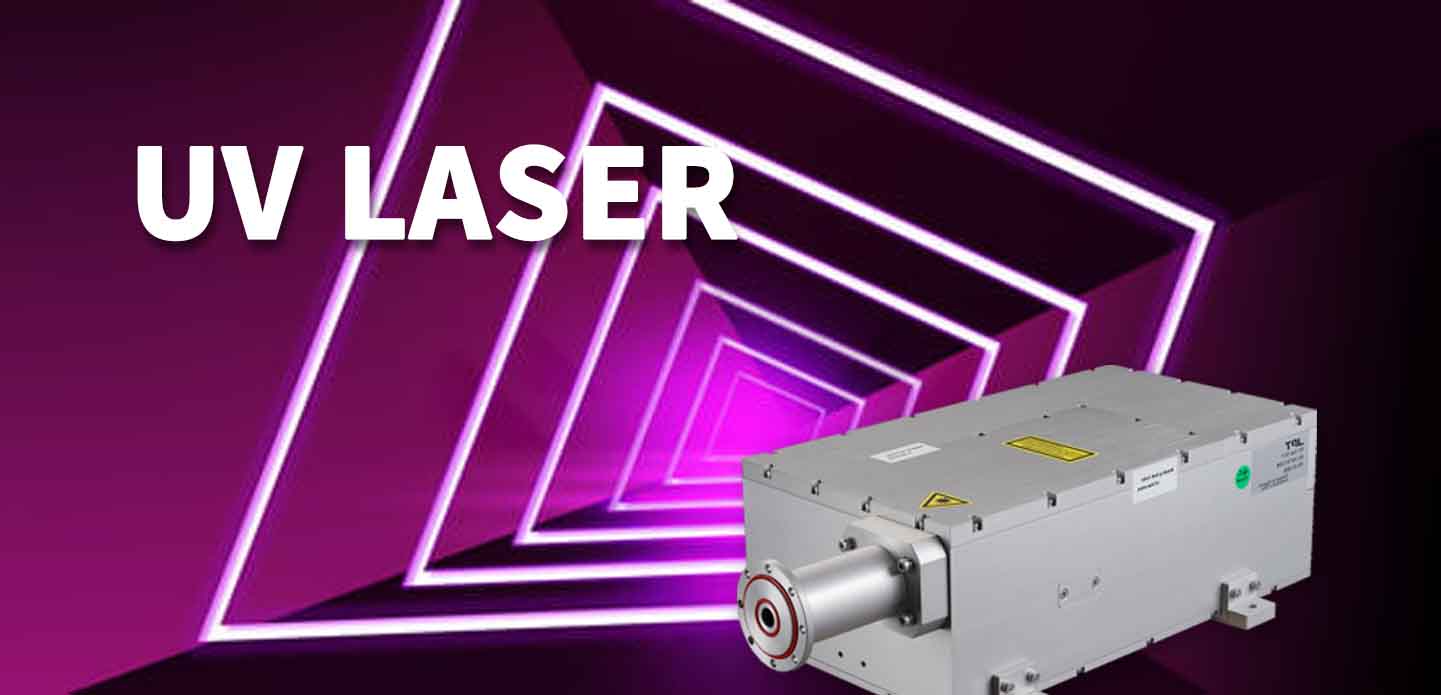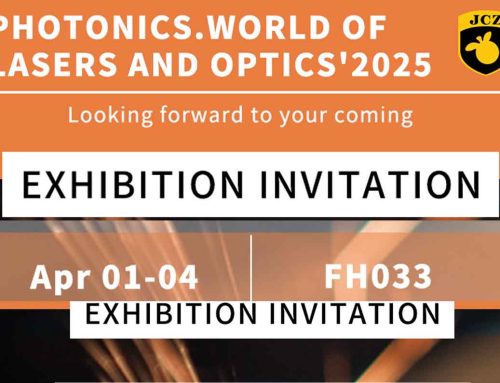Introduction to UV Laser Marking and UV Laser Engraving
UV laser marking, UV laser engraving, and UV laser etching are cutting-edge technologies that use ultraviolet light to create permanent marks, engravings, or etchings on a variety of materials. These processes leverage ultraviolet laser light, typically with wavelengths like 355nm laser light, which offers significant advantages in precision, speed, and minimal heat-affected zones.
In this article, we will explore the technology behind UV lasers, including the use of violet laser and 355nm laser, and how they are applied in various industries for laser marking, laser engraving, and laser etching.
Understanding UV Laser Light and Its Advantages
UV laser light typically operates at wavelengths in the ultraviolet spectrum, which ranges from 100nm to 400nm. The most common UV laser wavelengths for industrial applications are 355nm laser (near UV) and 266nm laser (deep UV). These shorter wavelengths offer several key advantages over traditional laser sources, such as CO2 or fiber lasers, in certain marking and engraving applications.
Key Benefits of UV Laser Light:
- High Precision: The shorter wavelength of UV lasers allows them to create finer details, making them ideal for high-precision marking on small or intricate surfaces.
- Minimal Heat-Affected Zone: UV lasers have a lower thermal impact compared to other laser types, reducing the likelihood of material deformation or heat damage.
- Cleaner Marking: UV lasers produce clean and precise markings with minimal surface disruption, making them ideal for sensitive materials like glass, plastics, and thin metals.
The Role of 355nm Laser in UV Laser Marking and Engraving
A 355nm laser is a specific type of UV laser with a wavelength of 355 nanometers. It is commonly used in UV laser marking, UV laser engraving, and UV laser etching because of its ability to produce high-contrast marks on a variety of materials, including metals, plastics, and ceramics.
Features of 355nm Laser:
- High Precision: The 355nm wavelength allows for fine, detailed marking or engraving, even on small or complex designs.
- Versatility: It works well on both non-metal and metal surfaces, offering wide-ranging applications in industries like electronics, medical device manufacturing, and packaging.
- Minimal Material Disruption: Due to the low heat output of the 355nm laser, the process causes less thermal damage to the material, preserving its integrity and appearance.
Applications of 355nm Lasers:
- Electronics: Marking circuit boards, IC components, and semiconductors.
- Medical Devices: Engraving serial numbers and logos on surgical instruments and medical implants.
- Packaging: Permanent labeling and marking of plastic bottles, cosmetic packaging, and more.
UV Laser Engraving: Applications in Precision Manufacturing
UV laser engraving is a specialized form of laser engraving that uses ultraviolet light to engrave detailed images, text, or logos into materials. Compared to traditional laser engraving methods, UV engraving has the advantage of generating high-contrast, fine-quality engravings without significant heat input.
Why Choose UV Laser Engraving?
- Less Thermal Damage: Traditional laser engraving often causes thermal expansion or material distortion, but UV lasers minimize these risks.
- Highly Detailed Engraving: UV lasers are excellent for fine engraving, such as micro-engraving of logos or serial numbers.
- Wide Material Compatibility: UV lasers are ideal for engraving on materials like glass, ceramics, acrylic, and delicate plastics.
In industries like jewelry, automotive, and electronics, UV laser engraving is used to create intricate designs, personalized products, and serial numbers on high-value items.
UV Laser Etching: A Cleaner, More Precise Option
UV laser etching is similar to laser engraving but focuses on creating a lighter marking or surface pattern that doesn’t penetrate as deeply into the material. This is ideal for applications where a surface-level mark is sufficient, but high precision is required.
Advantages of UV Laser Etching:
- Shallow Marking: Ideal for light etching applications, where only a thin layer of material is removed.
- No Material Melting: Unlike other laser types, UV laser etching doesn’t melt the material but rather vaporizes it, making the process cleaner.
- Perfect for Sensitive Materials: Great for marking sensitive materials like medical plastics, films, and fragile glass, where precision is crucial.
Applications of UV laser etching include marking glass bottles, creating decorative patterns on ceramics, and etching thin-film electronics.
Violet Laser Technology: A Step Beyond UV Lasers

A violet laser typically operates at a wavelength around 405nm, which is on the edge of the ultraviolet spectrum. While not as commonly used as 355nm lasers, violet lasers are useful in certain high-precision applications that require fine detail or unique material interaction.
Benefits of Violet Laser:
- Higher Energy Density: Violet lasers have a higher photon energy than typical visible lasers, which can be useful for specific applications like micro-machining or fine engraving.
- Enhanced Material Interaction: The shorter wavelength (near UV) allows for better interaction with certain materials, providing enhanced cutting or marking capabilities.
Violet lasers are often used in research, electronics, and optical industries, where high precision is required.
Applications of UV Laser Technology
UV laser marking and UV laser engraving technologies are used in a variety of industries, where their precision and minimal heat impact offer distinct advantages over other laser types. Here are some key applications:
- Medical Device Marking: Permanent marking on medical instruments, implants, and packaging, where precision and cleanliness are paramount.
- Electronics Manufacturing: Marking circuit boards, semiconductor components, and electronic labels without damaging delicate parts.
- Jewelry: Engraving fine details on metals and gemstones, offering high-contrast and intricate designs.
- Packaging: UV laser etching on packaging materials like glass and plastic, ensuring clean, permanent marks for branding or traceability.
Conclusion: The Future of UV Laser Marking, Engraving, and Etching
UV laser marking, engraving, and etching technologies offer superior precision, speed, and minimal heat impact, making them ideal for industries that require high-quality, durable marks on sensitive materials. Whether using 355nm laser light for precision engraving or violet laser technology for enhanced material interaction, UV lasers are essential for the future of high-precision manufacturing and marking.
With advancements in laser technology, we can expect even greater capabilities in UV laser light, offering businesses better tools for producing high-quality, durable, and finely detailed markings and engravings.
由用户投稿整理稿件发布,不代表本站观点及观点,进行交流学习之用,如涉及版权等问题,请随时联系我们(yangmei@bjjcz.com),我们将在第一时间给予处理。






